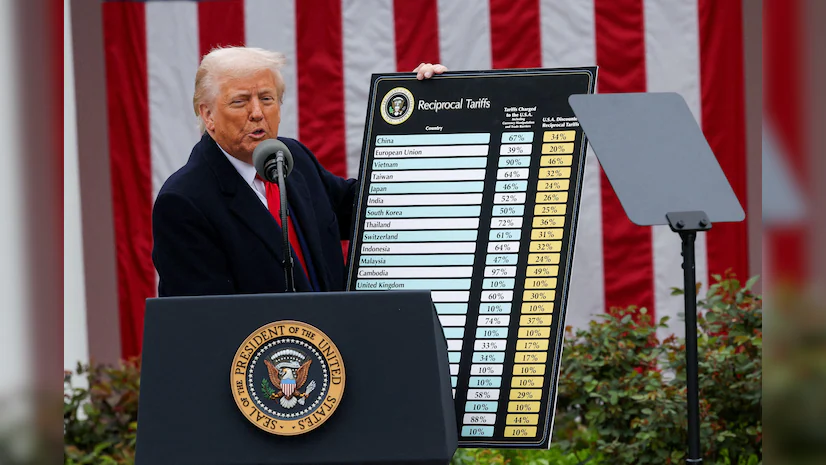Fuel crisis hits construction of Hydropower projects

Kathmandu November 17- The fuel crisis has hit the construction of hydropower projects across the country. Six plants being developed by the Nepal Electricity Authority (NEA) and its subsidiaries have stalled due to lack of gasoline and construction materials resulting from an undeclared Indian embargo.
No work has been done for the past few weeks, the NEA said. “The construction of the projects has come to a complete halt,” said Mukesh Kafle, managing director of the NEA, the state-owned agency responsible for generation, transmission and distribution of electricity in the country.
“The unavailability of petroleum has shattered our dream of making the country free of load-shedding within the next two years. All these projects are certain to be delayed which also means they are looking at cost overruns.” National pride project Upper Tamakoshi has been the hardest hit by the ongoing blockade. First, the construction work at the project was totally halted for six months by the April 25 earthquake. Now, it has received another blow due to lack of gasoline. “Tamakoshi was right on track, and we were expecting that it would be completed by mid-January 2016. It seems now that the target won’t be achieved,” said Kafle, adding that not only the project but the construction of transmission lines to evacuate the power generated by it too had been affected by the unavailability of fuel. According to Kafle, the 456 MW project will be delayed by at least a year due to the misfortunes it has suffered back-to-back. The Energy Ministry’s aim to end load-shedding within the next two years counted primarily on the Upper Tamakoshi Hydropower Project.
Likewise, another big project, the 111 MW Rasuwagadhi Hydroelectricity Project, has been hamstrung by the fuel shortage. Rasuwagadhi is a subsidiary of Chilime Hydropower Company. Two other Chilime subsidiaries that have been affected by the petroleum crisis are the 42.5 MW Sanjen Hydroelectric Project and the 14.8 MW Sanjen (Upper) Hydropower Project. All these three projects are located in Rasuwa district, one of the areas that suffered greatly due to the April 25 earthquake and aftershocks. Similarly, work has stopped at the 14 MW Kulekhani III, where 95 percent of the civil works have been finished and electro mechanic equipment have been imported. “The project was running late due to the tardiness of the contractor. And now the petroleum crisis has compounded its problems,” Kafle said. The Darchula-based 30 MW Chameliya Hydropower Project, where work had been affected after the parliamentary Public Accounts Committee (PAC) ruled that there had been massive embezzlement of funds, has been further delayed due to the fuel crisis.
Meanwhile, president of the Independent Power Producers Association Nepal (Ippan) Khadga Bahadur Bisht said that a number of projects in the pipeline projects could be expected to be delayed due to the unavailability of gasoline, even though they had not done a study of the effects of the ongoing blockade. “There is a chain effect. And private sector projects too are among the ones that have been affected,” Bisht said, adding that the overall crisis had been adding to the woes of this power hungry nation. Source: Nepal Energy Forum

"There are mixed results in half-yearly budget progress"

Total government spending amounts to Rs. 667.60 billion in 6 months

"There are promising signs of economic recovery"

Finance Minister Paudel directs to meet revenue target

Suspended Chief Secretary Aryal acquitted in corruption case

Dhakal elected HCCN Dean

Price of salt goes up







Feedback